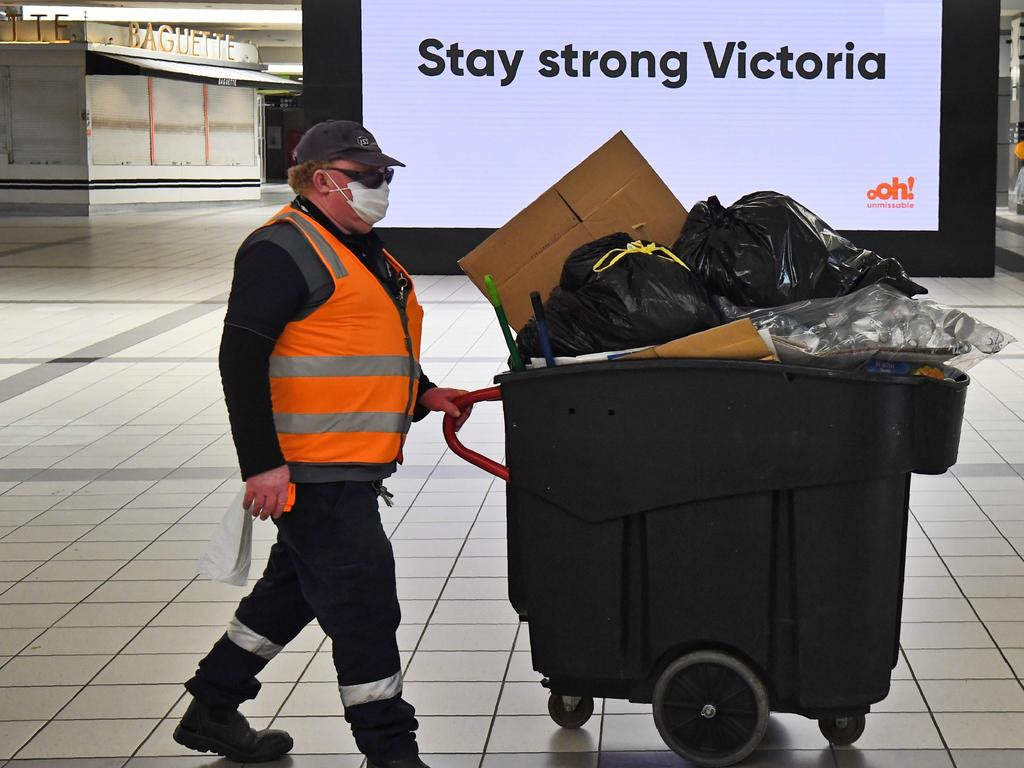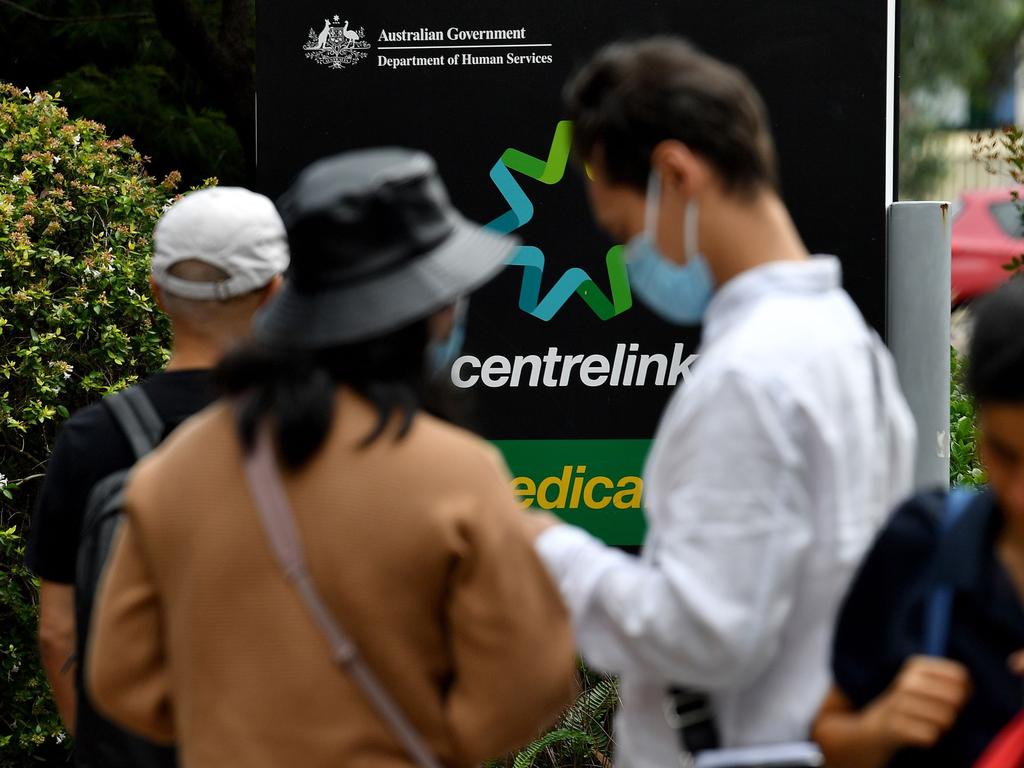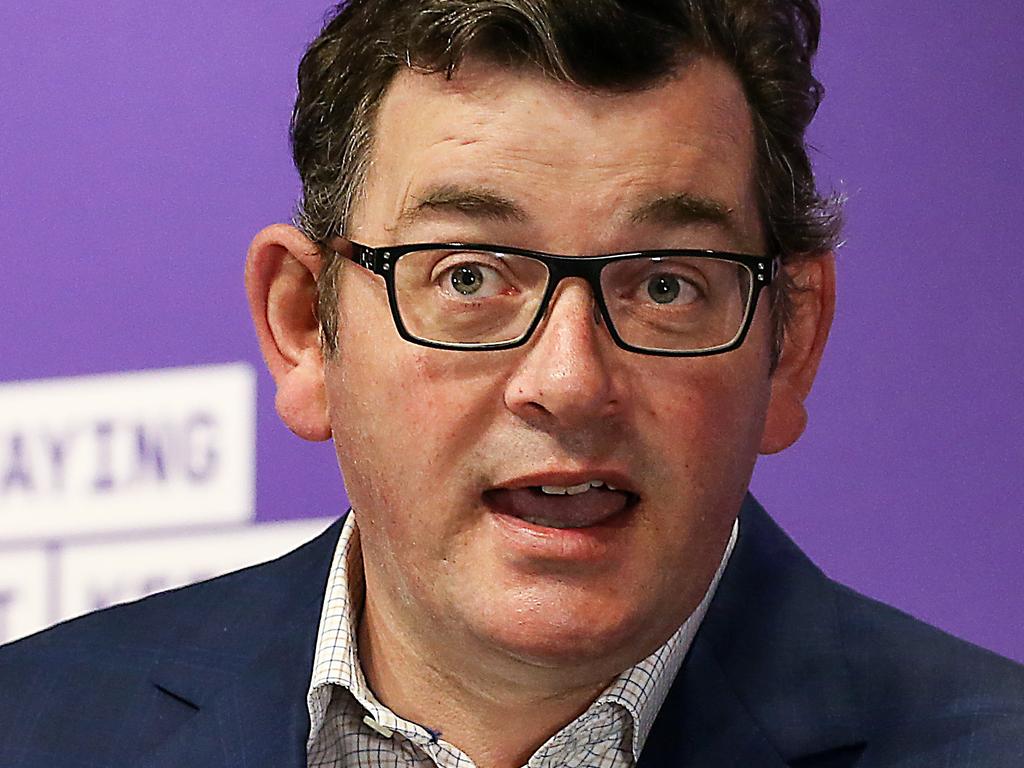Helping ‘those who have a go’ get a go at finding jobs
The move is a step towards kickstarting the economy and winding down government spending. As Australian Chamber of Commerce and Industry skills and employment director Jenny Lambert says, it is important that the mutual-obligation requirements for JobSeeker recipients rise in line with job opportunities. Officials implementing the system, however, need to do so with common sense and decency. Despite a better-than-expected unemployment figure of 6.8 per cent on Thursday, down from 7.5 per cent in July, recovery in the jobs market is tentative. Where no jobs exist it is impossible to apply for them. Across Australia, there were fewer than 110,000 job ads last month, according to ANZ. Aside from the administrative costs of companies processing pointless, desultory applications, it is dispiriting for individuals to have to apply for jobs they know they will not get, economics editor Adam Creighton points out. As in all recessions, the disruption to the labour market wrought by coronavirus is not evenly spread. The COVID recession is accelerating job losses and unleashing a wave of forces that will change the labour market forever, Tom Dusevic reported on Friday. The occupations affected include administrative and clerical staff, sales assistants, labourers, factory hands and drivers — workers most easily replaced by automation and IT-based technologies. If many of the jobs lost early in the pandemic are lost for good, effective retraining will be essential to prepare displaced workers for the jobs of the future. Council of Small Business Organisations Australia chief executive Peter Strong is correct when he says that given the uneven and uncertain post-COVID recovery, the priority must be to give those looking for work the appropriate training and support. At the same time, as he said, “nobody gets money for nothing”. Smoothing jobseekers’ way towards the next phase of their working lives should be part of the government’s side of mutual obligation. It accords with Scott Morrison’s quintessentially Aussie mantra, “if you have a go you’ll get a go”.
On the positive side, the economy has recovered roughly half the jobs it lost between March and May, as the Prime Minister said after the national cabinet met on Friday. Despite Victoria falling into a tailspin after its second wave of coronavirus hit, about 110,000 new jobs were created nationally between July and August. Step by step, and slower than needed in some places, the process of opening up the economy and the nation is continuing. The decision to repatriate an additional 1500 Australians a week from overseas through NSW, Queensland and Western Australia was essential. It should clear by Christmas much of the backlog of 24,000 Australians stranded abroad. The trans-Tasman bubble was also back on the agenda, Mr Morrison said. That should be good news for the battered tourism and hospitality sectors. Tasmania is looking to open its borders to COVID-safe jurisdictions at the end of next month rather than on December 1, Premier Peter Gutwein announced. Queensland will lift its controversial border restrictions with the ACT from next Friday. South Australia also is lifting its border restrictions with the ACT and could reopen to visitors from NSW as soon as next week. We agree with South Australian Premier Steven Marshall, who sees a compelling national-interest argument for a united approach: “It is implausible for Australia to be locked indefinitely. We need to have a road map out of the current situation.”
While leaders are concentrating increasingly on the economic effects of COVID-19, the ongoing suppression of the virus also remains critical. To that end, the national cabinet’s decision to implement mandatory data collection on domestic flights to assist states and territories with contact tracing when people are moving around is a sensible step. Recent spikes in the virus in France — about 8000 new cases a day — and Britain, with 3000 new cases, are a grim reminder of how quickly hard- won gains can be lost. Australia’s economic recovery, which is advancing better than that of most nations, will be a tough process. Leaders and the community must ensure it is not jeopardised by complacency and shortcuts in containing a virus that so far has infected 30 million people worldwide and cost 950,000 lives.






Mutual obligation has been an important tenet of social welfare policy in Australia since the Howard government introduced it in the mid-1990s. As the national economy begins its recovery from the pandemic and states reopen borders, it makes sense that mutual obligation should again be stepped up. From September 28, recipients of JobSeeker payments, currently 1.8 million, will be expected to look for up to eight jobs a month and accept offers of “suitable work”. Work-for-the-dole programs also will resume where safe. The principle behind the Morrison government’s decision is sound. Mutual obligation encourages welfare recipients off taxpayer support and into the workforce. Jobseekers who fail to look for work face penalties and suspension of support payments. Those rules were suspended in March as the pandemic forced millions of Australians on to government support as coronavirus and the lockdowns imposed to suppress it shut down major sectors of the economy. Before COVID-19, the unemployed were encouraged to apply for up to 20 jobs a month.